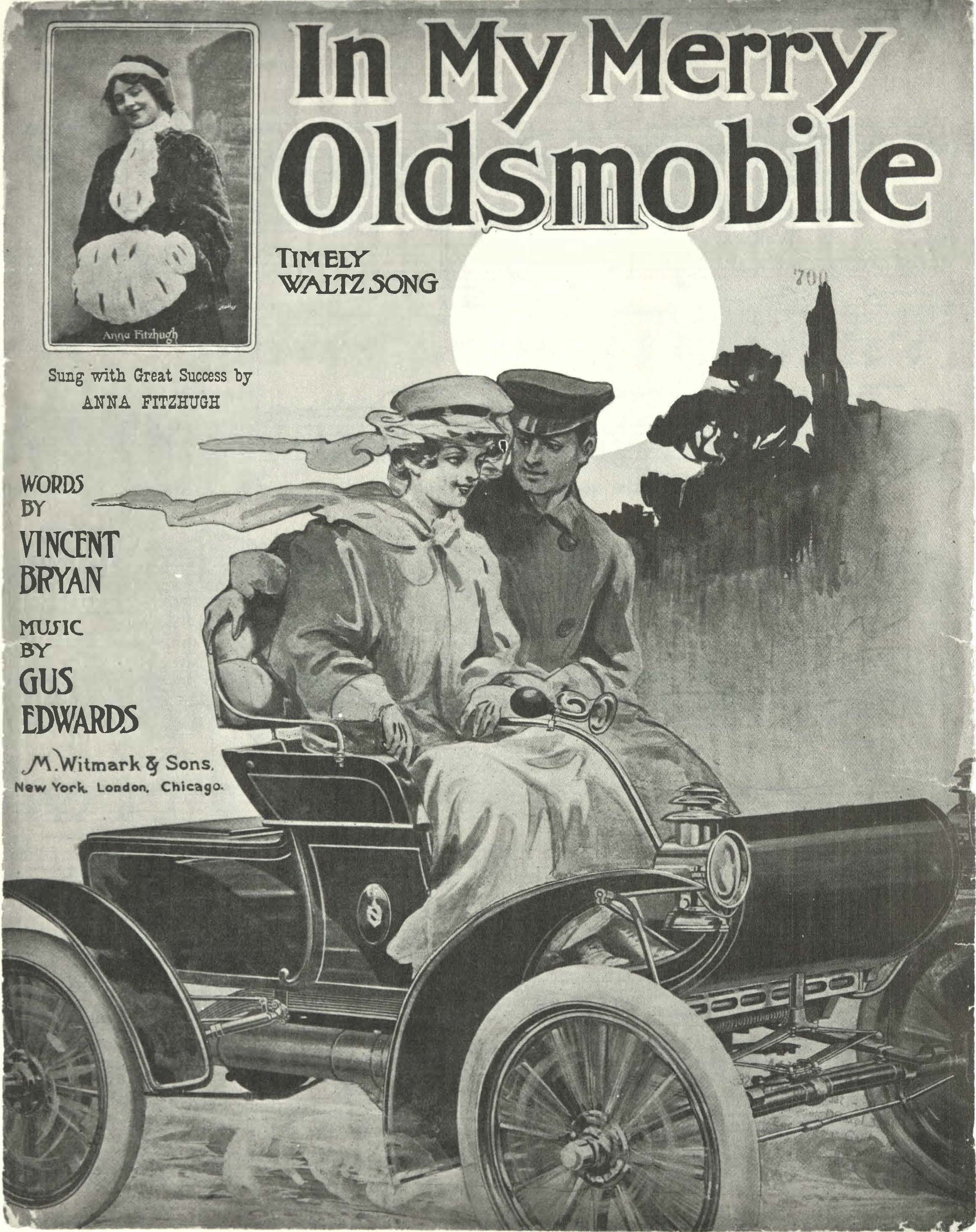The Oldsmobile in Policing History
Reproduced from a copy at the University of Iowa Library.
“in my merry oldsmobile”
The car make that appears most frequently in POLICING THE OPEN ROAD is not a Ford, but the Oldsmobile. The 1905 song “In My Merry Oldsmobile” was such a hit that the company gave the songwriters a free Oldsmobile. When I mentioned to a fellow Iowa law professor that I’d never heard it sung before, she promptly broke out singing the chorus. She didn’t sing this part: “You can go as far as you like with me / In my merry Oldsmobile!” From the automobile’s earliest years, people thought of cars as a setting for intimate pleasures.
The Oldsmobile sedan from the 1922 Handbook of Automobiles.
the first fourth amendment car case in the us supreme court
Carroll v. United States, decided in 1925, involved two bootleggers and an Oldsmobile. Prohibition agents recognized the flashy roadster as belonging to the Carroll brothers, stopped it, and searched the entire car. When one of the agents felt something hard in the backseat cushions, he tore the fabric open and found nearly seventy bottles of whisky and gin. How the Supreme Court decided the constitutionality of this car stop and seizure was unexpected―and had immense consequences for policing in the United States. Chapter 3 tells the history from Carroll’s “automobile exception” to Terry stop-and-frisks. Coming full circle, the Epilogue shows how Terry, in turn, expanded the police’s power to police cars.
Courtesy of Charles Reich.
the right to privacy in the automobile
As a Yale law professor, Charles Reich wrote the 1970 bestseller Greening of America. In 1966, he also wrote about his numerous encounters with the police in his blue Oldsmobile convertible. These car stops were about more than the annoyances of getting pulled over too many times. They were also about the invasion of his privacy. As a closeted gay man at a time when sodomy was a crime in all states but one, Reich went for long drives to escape the burdens of keeping his secret. So when the police questioned his whereabouts in his car, they were prying into the most intimate parts of his personal life. Given his poignant portrayal of the police’s extensive power, his proposals for reform are surprising―they essentially amounted to the same compromise first set forth in Carroll v. United States. Chapter 5 explains why.


